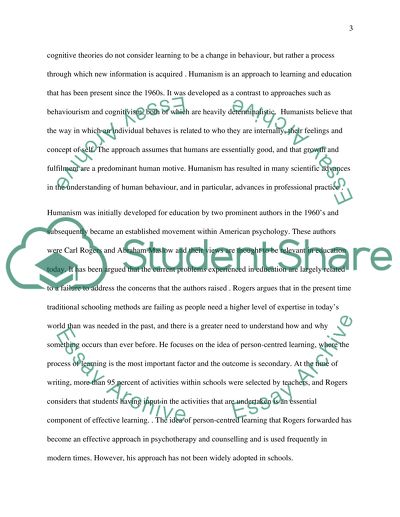Cite this document
(“Does Maslow's Hierarchy of Needs Essay Example | Topics and Well Written Essays - 2000 words”, n.d.)
Does Maslow's Hierarchy of Needs Essay Example | Topics and Well Written Essays - 2000 words. Retrieved from https://studentshare.org/education/1441348-with-a-focus-on-one-particular-child-development
Does Maslow's Hierarchy of Needs Essay Example | Topics and Well Written Essays - 2000 words. Retrieved from https://studentshare.org/education/1441348-with-a-focus-on-one-particular-child-development
(Does Maslow'S Hierarchy of Needs Essay Example | Topics and Well Written Essays - 2000 Words)
Does Maslow'S Hierarchy of Needs Essay Example | Topics and Well Written Essays - 2000 Words. https://studentshare.org/education/1441348-with-a-focus-on-one-particular-child-development.
Does Maslow'S Hierarchy of Needs Essay Example | Topics and Well Written Essays - 2000 Words. https://studentshare.org/education/1441348-with-a-focus-on-one-particular-child-development.
“Does Maslow'S Hierarchy of Needs Essay Example | Topics and Well Written Essays - 2000 Words”, n.d. https://studentshare.org/education/1441348-with-a-focus-on-one-particular-child-development.


